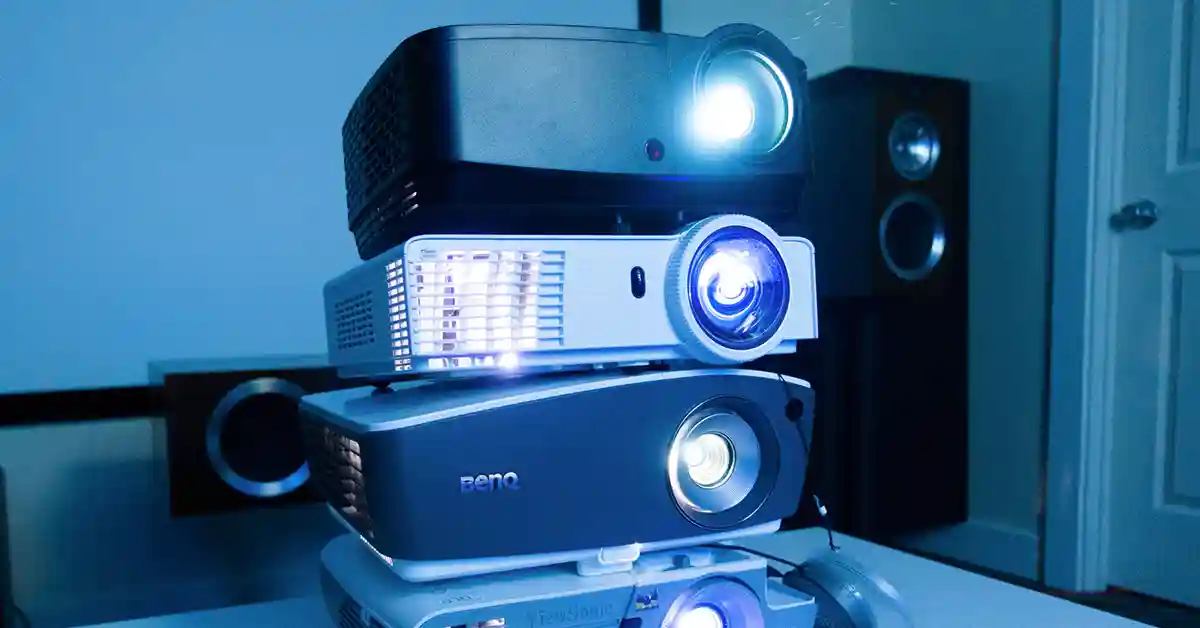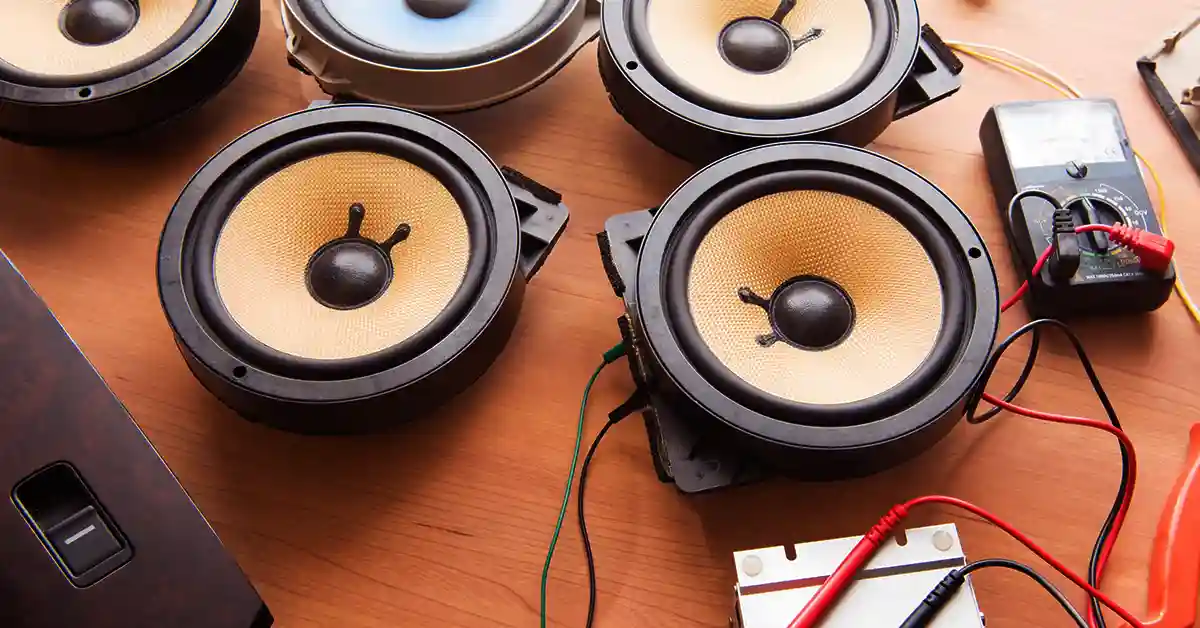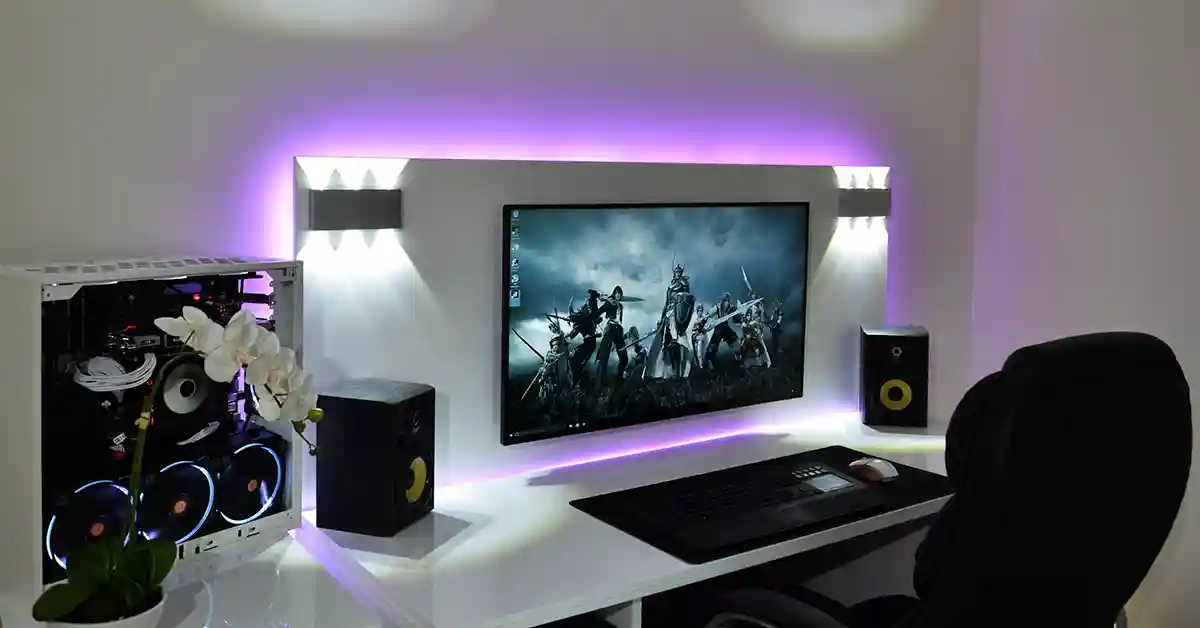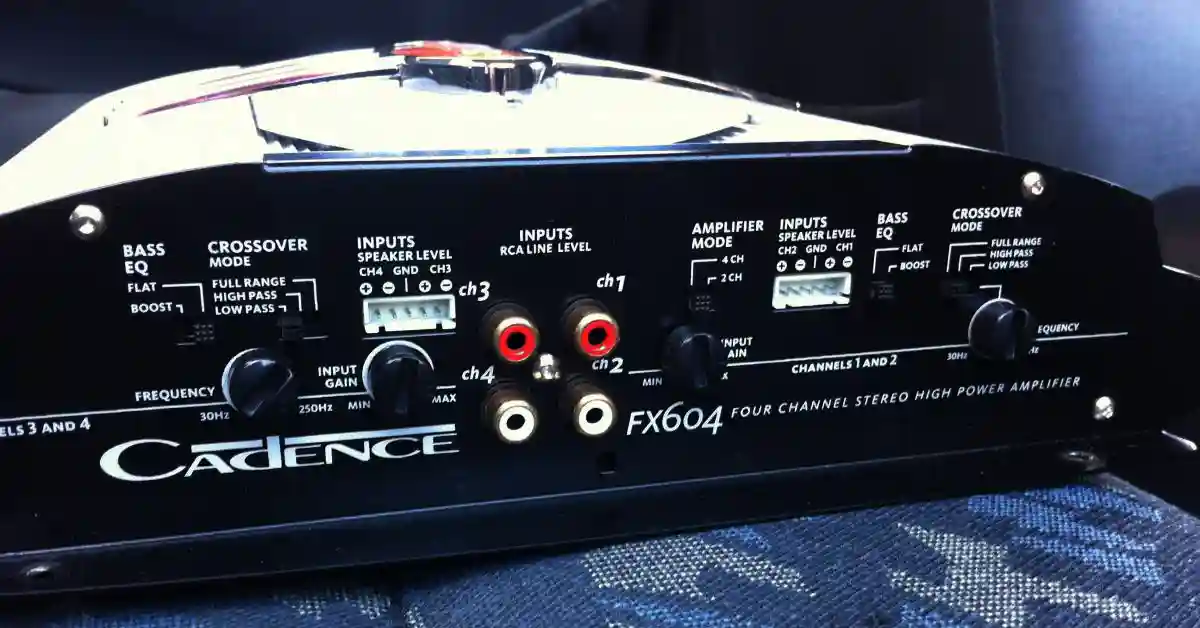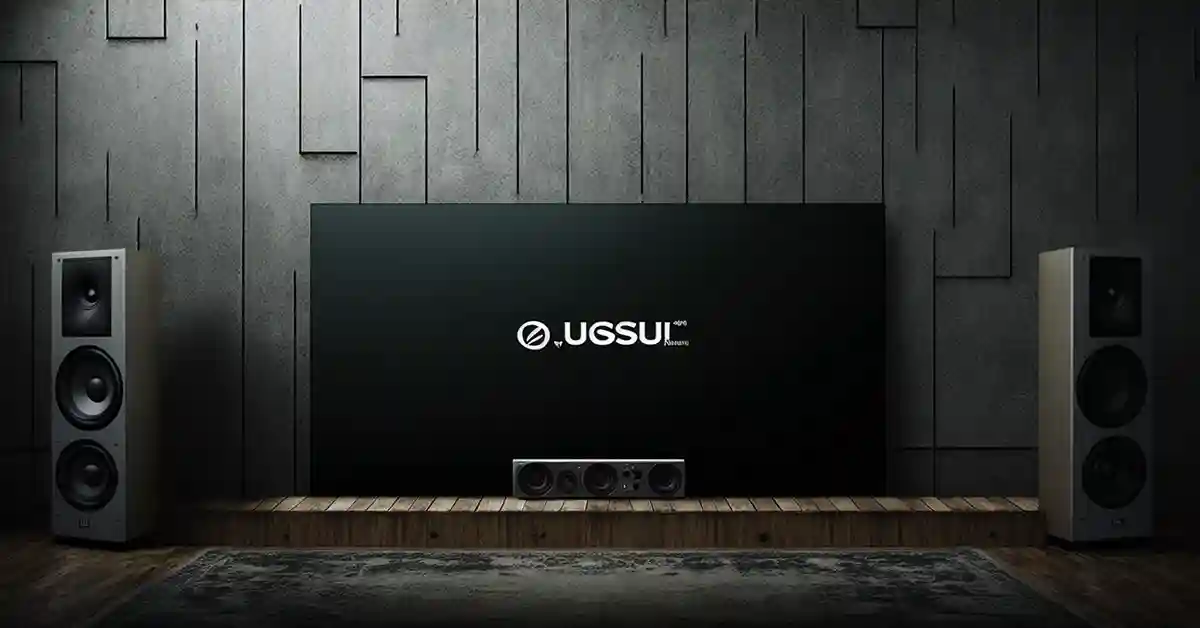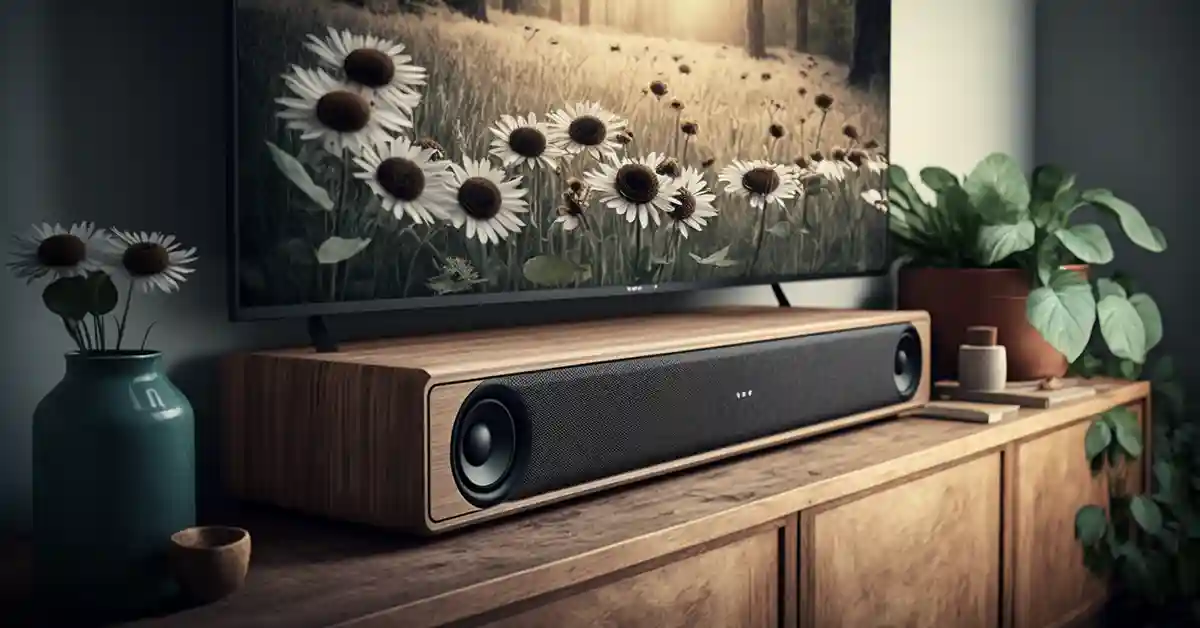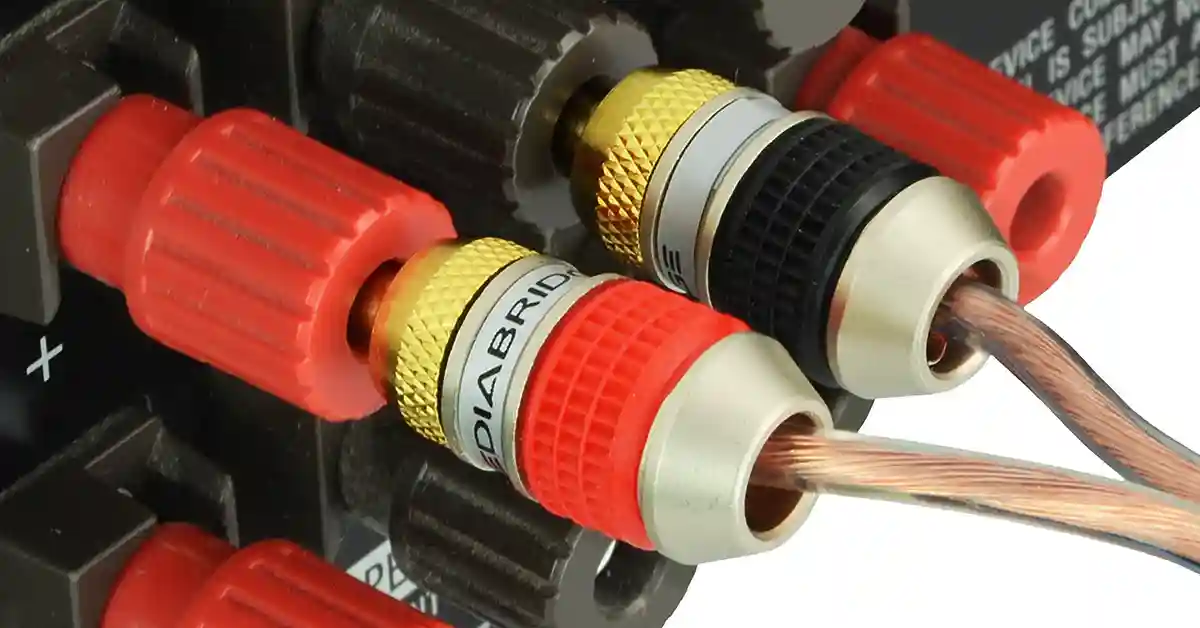Speakers Are Out Of Phase
When a speaker is out of phase, it can result in audio that doesn't sound quite right. It can sound off, be muted or simply just not make a sound at all.
However, what does it mean for a speaker to be out phase? Our helpful guide will explain this and show you how to approach speakers being out of phase.
With that in mind, let's dive in and learn all about speakers being out of phase.
What Is Speaker Phase?
Speaker phase can be defined in two terms; in phase and out of phase. When speakers are out of phase, it simply means that they are wired incorrectly.
When speakers are out of phase, they move in a way that contradicts what the speaker sources are doing. For example, when a signal tells the speaker driver to push out sound (moves outward) but it pushes it in (moves inwards), they’re out of phase.
When speakers are in a phase, they behave in the way they’re supposed to. Speakers in phase tend to sound normal and produce good quality sound. In contrast, out-of-phase speakers may produce low-quality sound or no sound at all.
What Does It Mean For Speakers To Be Out Of Phase?
When wiring speakers, it’s easy for people to make a mistake. In most cases, we tend to connect the speakers to the receiver incorrectly. As a result, we don’t hear the sound waves correctly; this indicates that the speakers are out of phase.
It’s important to note that out-of-phase speakers will not damage your system, but they will limit its ability to produce high quality sound. This is where speaker phasing comes in.
The main objective of phasing speakers is to ensure that they don’t contradict each other when they produce sound. As we’ve mentioned before, if one speaker moves inward while the other moves outward, then they’re out of phase and need to be corrected.
Understanding Speaker Phasing On A Technical Level
In technical terms, when speakers are out of phase, it means that you have connected the positive side of the speaker wire where the negative wire should be (or vice versa). To correct this error, you just need to trace the connectivity of the wire and put it in the right slot.
To be sure that you have corrected the out-of-phase speakers, ensure that once you have tracked the speaker wires back to the receiver. Then, check to see if the positive wire (red) is connected to the positive input (red) and the negative wire (black) is connected to the black input (negative).
It is always necessary to double-check to ensure that your speakers are wired correctly to prevent them from being out of phase. Using banana plugs is one of the best ways to ensure that your speakers are correctly connected. The banana plugs help you identify the positive and the negative wires and connect them to the receiver.
Why Speakers Out Of Phase Are A Problem
It can be irritating when your speakers are out of phase; this is because they ruin the sound quality produced by the speakers when you play music. The sound produced by out-of-phase speakers will sound very diffused. This may affect and diminish the general sound level of the equipment.
How To Test If Speakers Are Out Of Phase
Place your speakers to face each other, then play a simple recording. If your speakers are out of phase, there is a high chance that you will hear close to nothing, but if they are in phase, they will produce a normal sound.
How to Fix Out Of Phase Speakers
To ensure that your speakers are not out of phase, there are a few things you need to do:
- Always ensure that all the wires from the speaker to the amp are connected correctly.
- Make sure that the red wire (+ positive) is connected to the positive output (red) on the amp, and the black wire (- negative) is connected to the negative output (black) on the receiver. As we’ve already touched on, the easiest way to ensure that your wires are connected correctly is by using banana plugs.
- Ensure that the speakers are facing the direction in which they are supposed to face. Therefore, if the speakers are designed to face each other, make sure they face each other. If they are supposed to face in the same direction or away from each other, ensure that you place them like that. By doing this, it allows you to experience the full potential of your system.
The whole idea of fixing the phasing in speakers is to ensure that you get quality sound and avoid diffusing the sound quality. Speakers that are out of phase can cause the sound level of your speakers to reduce.
If wiring your speakers correctly does not fix the phase of the speakers, then the speakers might be having other issues like dust, loose interior cables, or something more complex. In these cases, the best thing you can do is take your speakers to a professional and ask them for assistance.
Conclusion: How To Keep Speakers In Phase?
In this article, we examined what the term “out of phase” means, and we also explored the different ways that you can tell whether or not your speakers are out of phase. We then looked at the problems caused by out-of-phase speakers as well as a simple way for you to test speaker phasing. We then looked at how to fix any phasing issues you may have in your system.
It’s clear that we all enjoy it when our speakers produce the best quality sound. Therefore, it’s important to make sure that our speakers are wired correctly to allow them to reach their full potential. We hope that the information above will help you fix any phasing issues you might come across and help you get the best out of your speakers.
Related Articles

